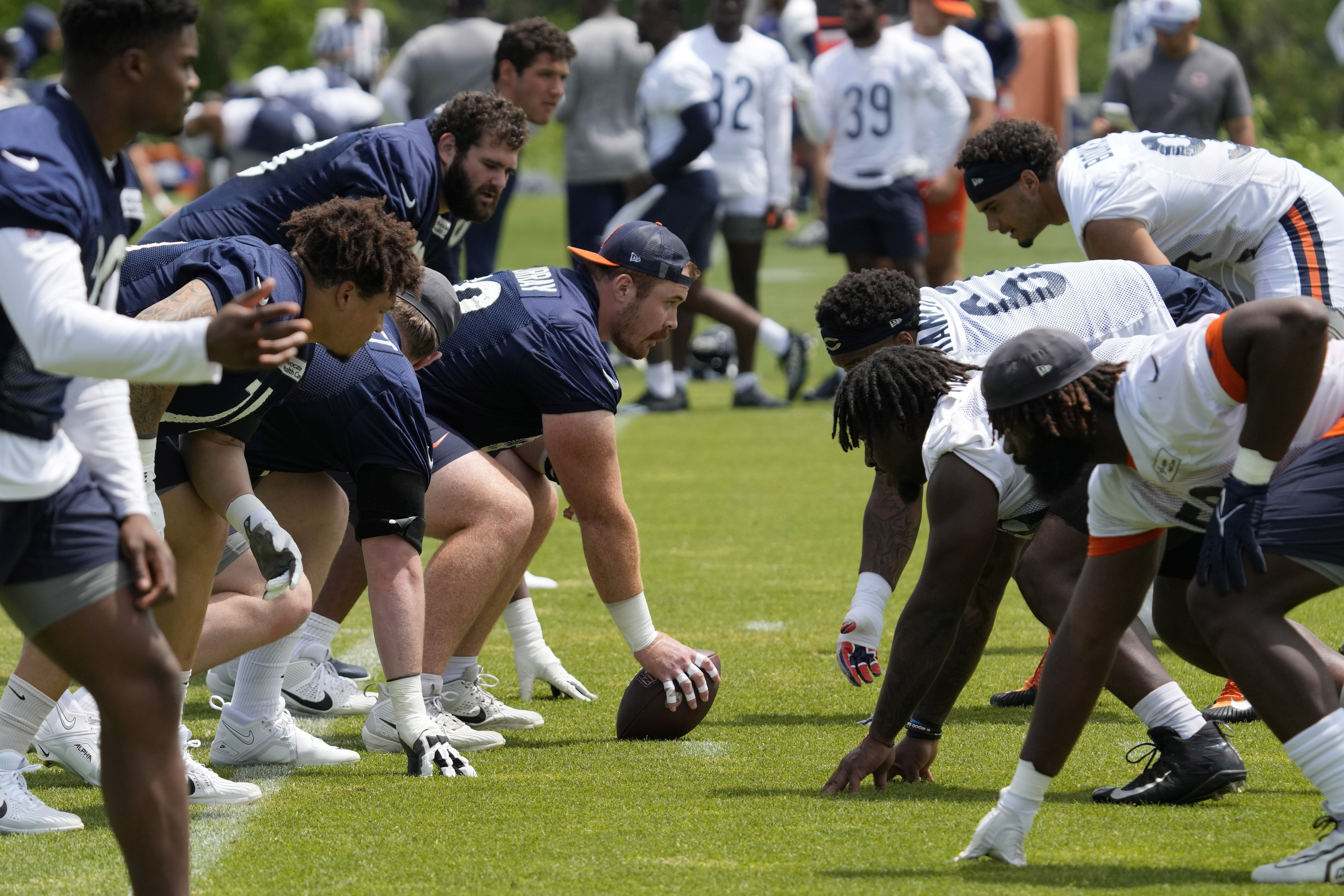
By JOSH DUBOW AP Pro Football Writer
SANTA CLARA, Calif. (AP) — Across the NFL, teams wrapped up their mandatory minicamps this week leading into about a month-long break before the start of a grueling season that could approach seven months for the teams that make the Super Bowl.
The timeline of spring practice followed by a break and then training camp has been a familiar one for years, broken up only by a lockout in 2011 and a pandemic in 2020, but could be in for a change.
The NFLPA is contemplating proposing a major upheaval to this schedule, replacing spring practices with a longer training camp in what would provide a longer break after the season and a more gradual buildup to training camp in hopes of possibly reducing some injuries.
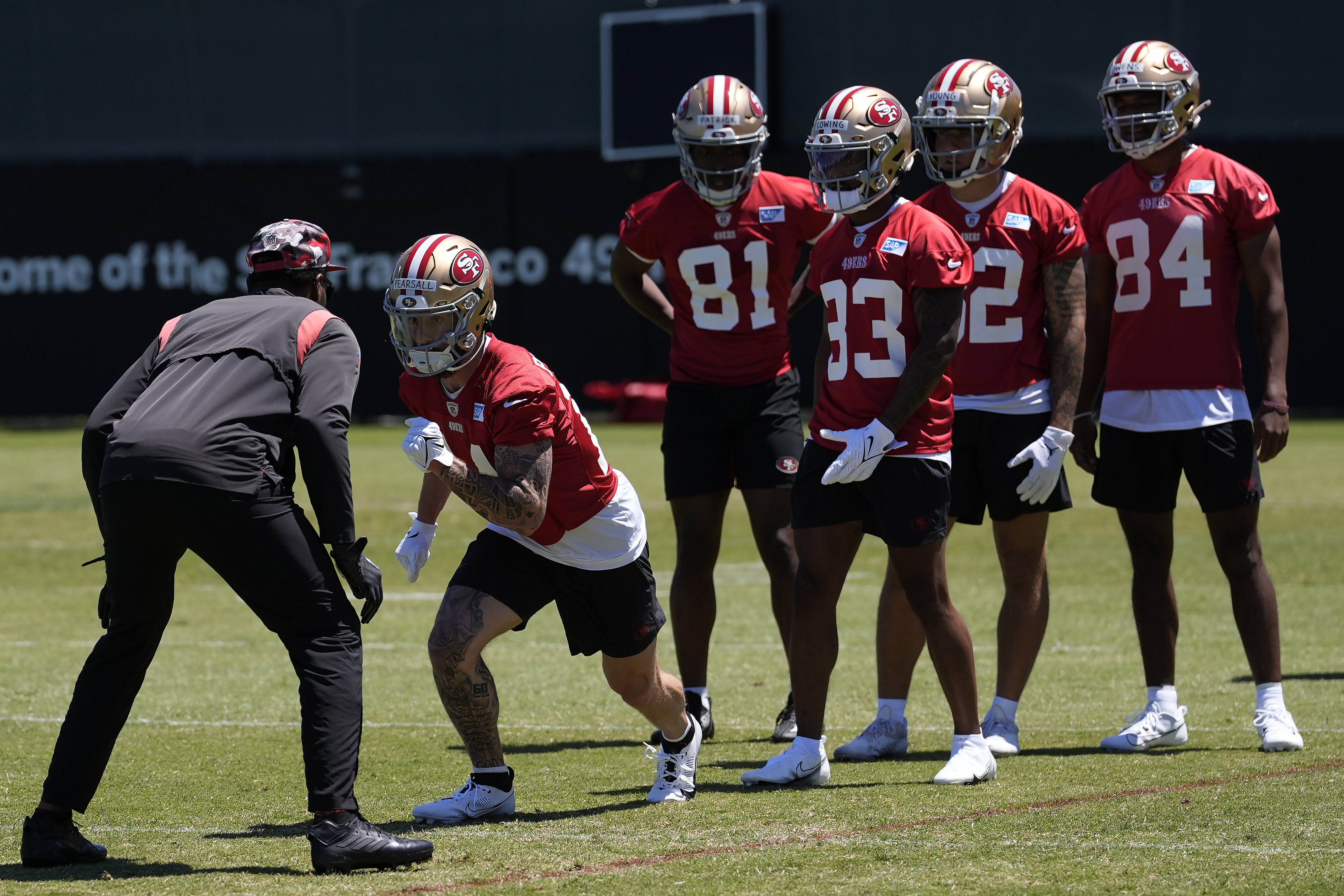
It’s a plan that has not been met with wide acceptance, with several players and coaches decrying the elimination of OTAs and minicamps in May and June.
“I think we need it,” Saints tight end Foster Moreau said of the current offseason program. “You cook your steak in the offseason and then training camp is like a microwaving period.
“You could go to training camp and you could microwave your steak on high for two minutes and we’ll see how much football you like watching the first four weeks.”
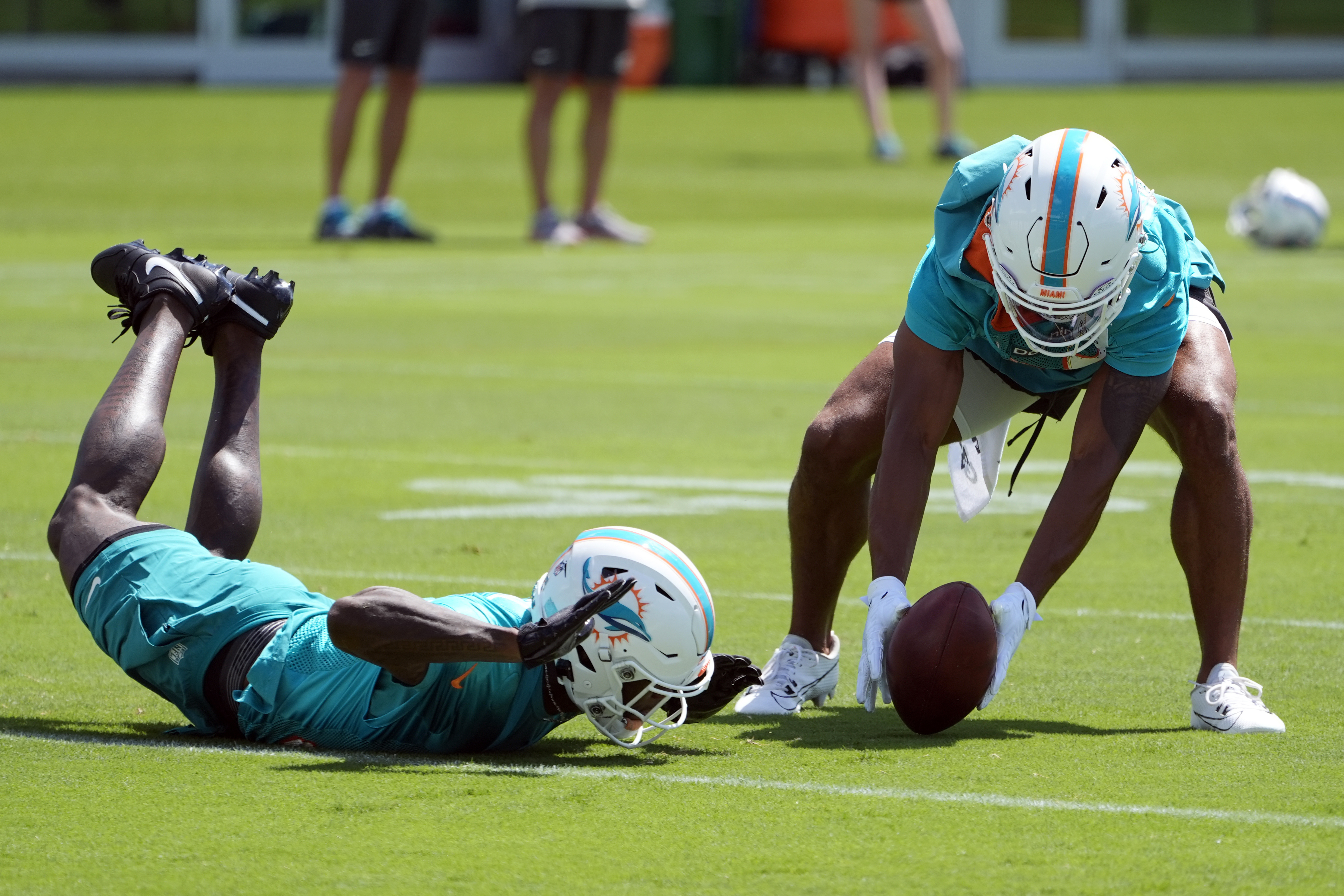
Colts center Ryan Kelly, the team’s player representative to the union, sees both sides of the issue, believing the time off breaks up continuity but starting training camp early could make for too long of a season.
“We throw, we do all these things and then we don’t see each other for two months,” Kelly said, referring to the current schedule. “So it’s like, is that the best and most effective way to train and to really get the most out of it? I think the counterargument is that you add a month in the beginning of the season, it makes the season feel even longer when the league’s pushing for 18 (games) and we’re already playing 17. So I think there’s going to be some back and forth and I don’t think there’s going to be a perfect solution.”
Under the current offseason format, players can return to team facilities on a voluntary basis in mid-April. Teams with new head coaches are allowed to start the program two weeks earlier if they choose.
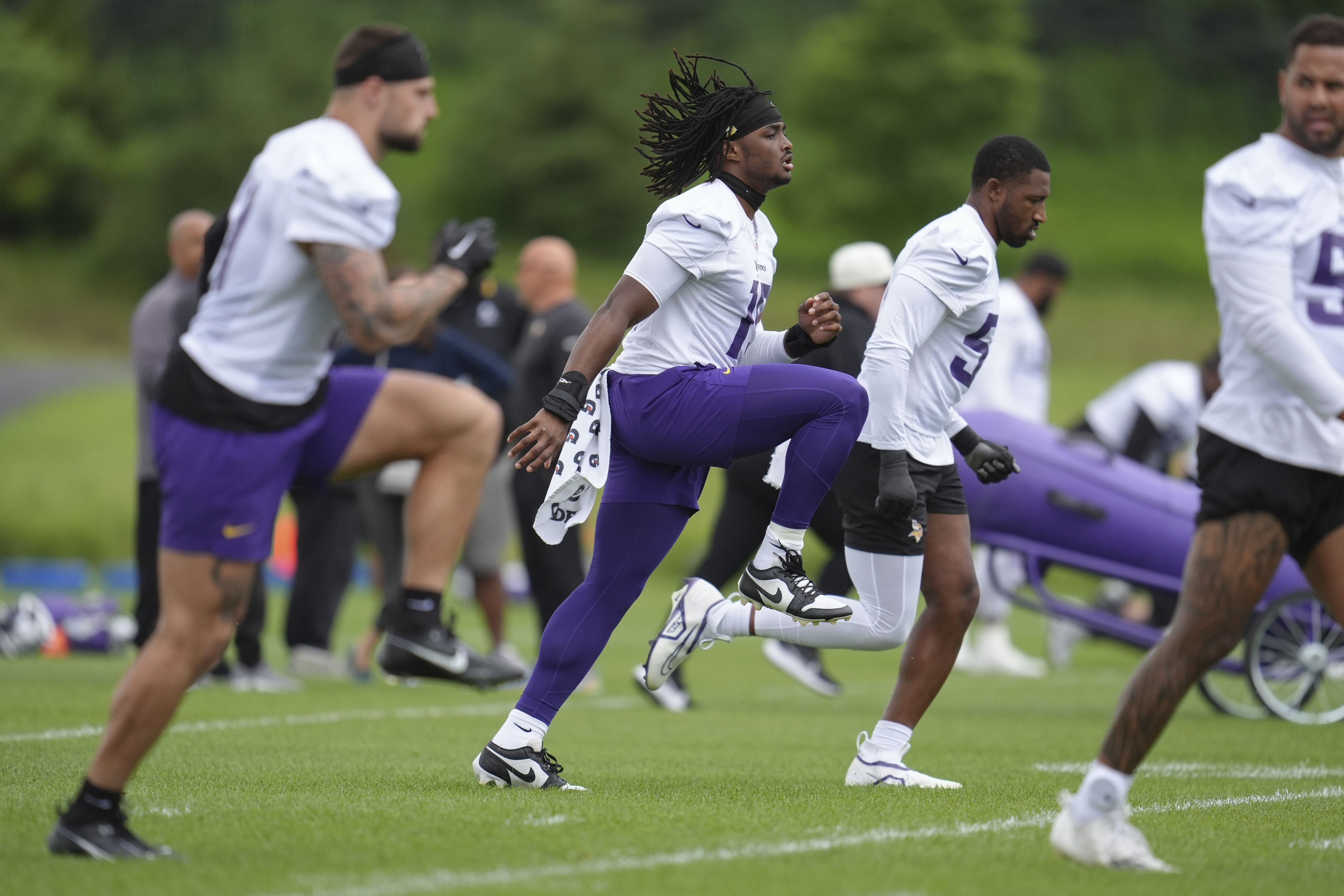
There is a nine-week program that begins with two weeks of mostly meetings and strength training, then three weeks with on-field work limited to individual drills and walk-throughs and finally four weeks with noncontact practices, including a mandatory three-day minicamp typically in June.
The NFL then mostly shuts down until players return for the start of training camp in late July after a break of more than a month that allows for vacations with families before the start of the season and gives players a break and the opportunity to work out on their own or with informal groups.
The NFLPA is considering a new proposal that changes the whole approach, eliminating the spring workouts and having players come back in either late June or early July for a ramp-up stretch leading into training camp.

The thought is that eliminating the more than month-long break would help reduce some soft-tissue injuries that typically pop up early in training camp.
San Francisco coach Kyle Shanahan, who has less than fond memories of the tedium of those extended training camps during his time as a ballboy for his father’s teams in the 1990s, said teams have already changed how often and how hard they practice in training camp to reduce injuries.
Shanahan also said most players come back from the break in much better shape than in the past and those who don’t are the ones most susceptible to injuries early in camp.
“I also think anyone who doesn’t know how to work out in their 40 days away, you’re not going to make it in this league very long anyways,” Shanahan said. “So it’s not too bad to weed five of those guys out.”

Jets coach Robert Saleh sees the benefit of the schedule change when it comes to player health and safety, having witnessed too many players get hurt early in camp after not practicing for 40 days.
But he worries about the lack of teaching time, especially for young players.
“I’m for it as long as we’re able to maintain the work that needs to be done to continue to develop these young men the way they need to be developed,” he said.
Some coaches and players believe the change would be hardest on players joining new teams or teams installing new systems since the spring offers plenty of time to learn before the start of training camp.
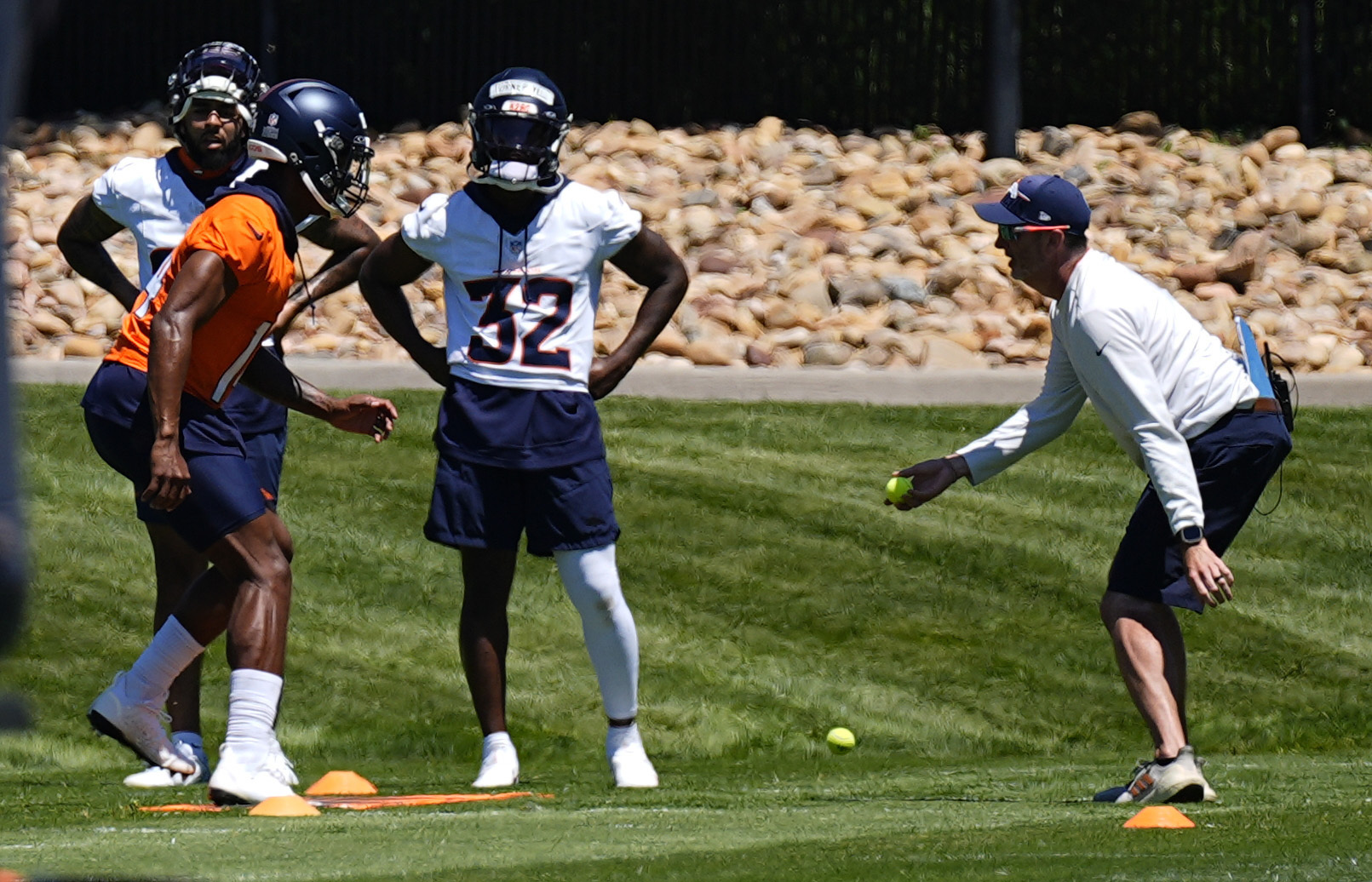
“Like the rookies, it’s kind of unfair to them,” Packers running back Josh Jacobs said. “It’ll be like starting them off behind the 8-ball. For guys that move teams, it’ll be kind of unfair to them, too. But I think vets that actually know how to take care of themselves and go train in the offseason and not like mess around with it, it wouldn’t matter much to them.”
Jacobs’ coach, Matt LaFleur, saw just that play out four years ago when there was no offseason program because of the COVID pandemic.
“I don’t think that was good for anybody,” he said. “There’s not a lot of times to get these guys anyways and just to cram everything in at the beginning of training camp. … I don’t think it would be good for the game, personally, but I don’t think they really care what I have to say.”
San Francisco tight end George Kittle said he’d be fine with getting rid of the spring program and starting training camp earlier — with one important caveat.
“I just hope they don’t take away my July 4,” he said, “because I really enjoy celebrating July 4.”
AP Pro Football Writers Schuyler Dixon, Teresa Walker and Dennis Waszak Jr., and AP Sports Writers Mark Anderson, Larry Lage, Brett Martel, Steve Megargee, Steve Reed and Alanis Thames contributed to this report.

